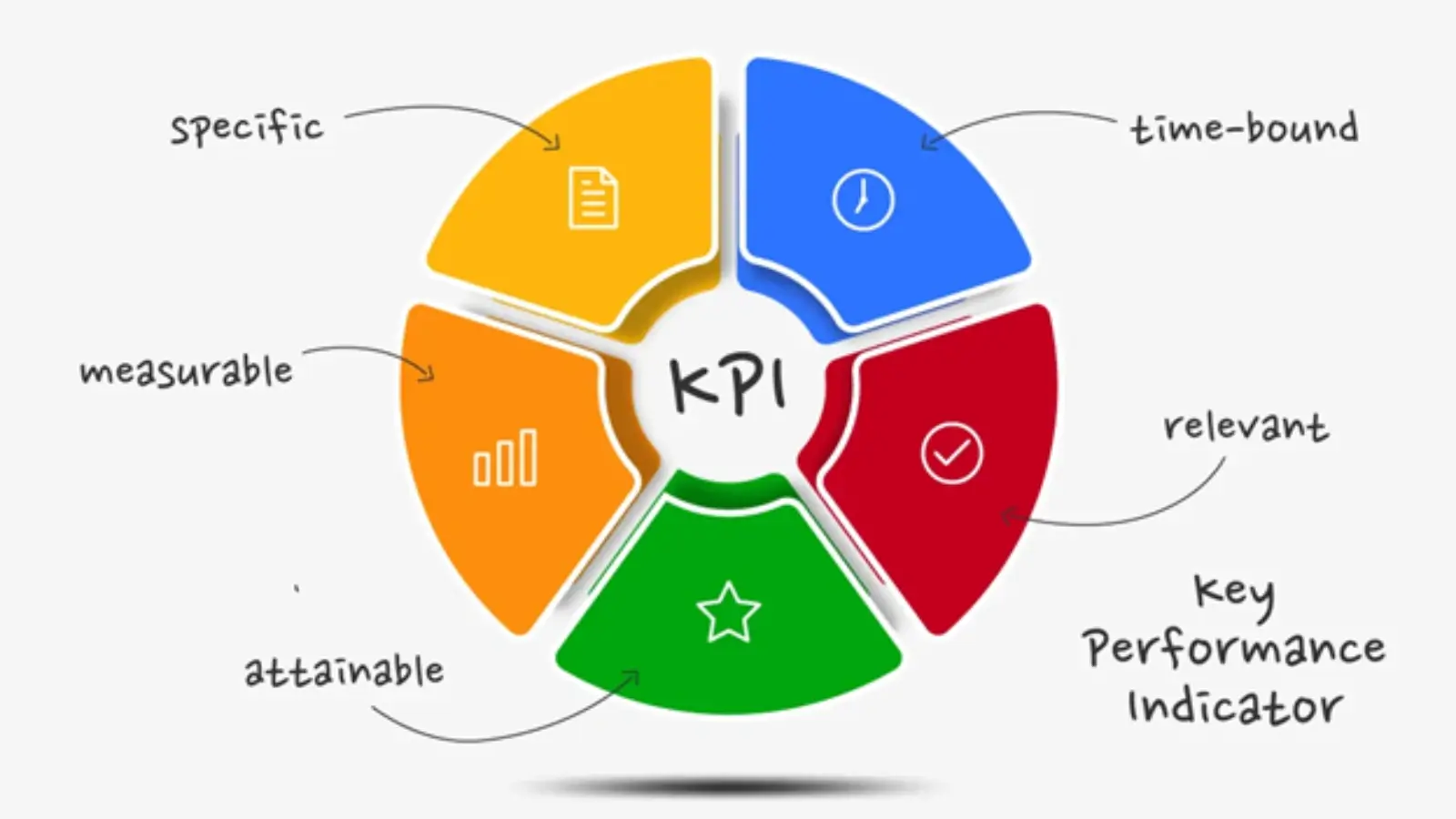The pace of modern business requires speed, precision, and access to insights without delay. As organizations gather more data across departments, the need to transform raw numbers into meaningful action becomes more urgent. Traditional business intelligence tools often live outside of core workflows, requiring users to jump between systems just to make sense of the metrics that matter. This disconnect creates friction. That’s why embedded analytics is gaining traction as a smarter way to bring insights into the flow of work. By integrating charts, reports, and data-driven prompts into applications employees already use, companies reduce decision lag and increase engagement. As industries shift toward more agile operations, those with embedded insights gain a clear competitive edge. If your organization values timely decisions and intuitive user experiences, keep reading to explore the full impact of this approach.
Reducing Friction Between Data and Decision-Making
In many organizations, data is siloed—locked away in dashboards or analytics portals that require separate logins and workflows. This separation often slows things down. When team members must leave their main interface to analyze data, opportunities are lost. By the time a user pulls a report, interprets the findings, and returns to their task, the context may have shifted.
Integrating analytics into the tools employees already use bridges this gap. Whether it’s a CRM, project management platform, or internal dashboard, embedded data visualizations allow users to interpret and act without pausing their work. This frictionless experience leads to faster, more confident decisions.
For example, a customer support agent might see churn risk indicators inside the ticketing system. A sales manager may access quota attainment graphs directly in their forecasting app. These real-time insights help teams respond in the moment, rather than waiting for scheduled reports or monthly reviews.
Removing the extra steps improves efficiency and enhances engagement. When information is visible where it’s needed, users are more likely to explore trends, understand patterns, and apply the results to their work.
Aligning Insights with User Context
Not all data is created equal. The value of an insight depends on when and where it’s delivered. Generic dashboards can feel disconnected from the specific needs of users. Embedding analytics enables organizations to tailor insights to match the role, task, and priorities of the individual.
Different departments interpret data in different ways. A product team may focus on feature usage, while operations looks at fulfillment speed. With embedded components, each team can access metrics in a format that makes sense to them, without navigating a maze of irrelevant charts.
The key is context. When a visualization appears within the right workflow, using the right data, it becomes more than just a chart—it becomes a decision-making tool. It also reduces cognitive load. Users don’t need to search, translate, or guess. They get insights when and where they matter most.
Customization is also easier. Dashboards can be styled to match the brand, simplified for different audiences, and filtered by region or business unit. This attention to context drives adoption and makes data more approachable for non-technical users.
Empowering Product Teams with Insight-Driven Experiences
Beyond internal workflows, embedded insights also add value to customer-facing products. SaaS companies and enterprise platforms are increasingly integrating data visualization features directly into their offerings. These additions help users track performance, monitor success, and make informed choices, without leaving the application.
For digital products, embedded dashboards can become a selling point. They help customers extract more value, increase engagement, and provide transparency that supports retention. When users can easily measure their ROI or explore trends, they’re more likely to stick around.
This also applies to B2B platforms. Clients want access to live reports that reflect their activity and outcomes. With embedded analytics, vendors can deliver real-time reporting that builds trust and differentiates their product in a competitive market.
Product teams also benefit from speed. By using embeddable SDKs and APIs, they can implement custom data experiences without building them from scratch. This reduces development time and increases agility when launching new features or client portals.
As a result, analytics becomes a key part of the user experience—not just an add-on, but an essential layer of functionality that aligns with customer needs.
Supporting Agile Decisions at Scale
As companies grow, so do their data needs. With more teams, regions, and product lines, maintaining consistent access to relevant insights becomes a challenge. A scalable solution is essential to ensure every user, regardless of location or role, has the information they need.
Embedded analytics supports this growth. By enabling tailored reports across multiple systems, companies can provide localized dashboards without duplicating effort. Teams in different time zones or business units can view relevant insights, all backed by the same central data model.
This flexibility supports everything from high-level executive views to department-specific scorecards. And because the visuals are integrated into core tools, users don’t have to learn new systems or workflows. The result is a more aligned organization where data informs action across every level.
Even more, embedded platforms often support real-time data streaming, allowing for rapid response to changing conditions. Whether it's monitoring supply chain disruptions or tracking campaign performance, the ability to act in real time supports faster, smarter decision-making across the board.
Increasing Data Literacy Through Everyday Interaction
For many companies, the goal isn’t just to analyze data—it’s to foster a culture where everyone can interpret and act on it. That requires more than dashboards. It requires daily interaction with insights.
By embedding analytics into frequently used apps, organizations make data literacy part of the job. Users don’t need special training or permissions to explore metrics. They simply view, click, and interact with the visual elements already in their workflow.
This self-service model empowers non-technical users to ask questions and find answers on their own. It also reduces dependency on data teams, freeing up analysts to focus on complex work rather than building every report manually.
Interactive features—like filters, drilldowns, and natural language queries—also make analytics more accessible. The easier it is to explore data, the more likely users are to rely on it.
Over time, this daily exposure improves data fluency across the organization. Teams become more curious, more responsive, and more aligned. That shift doesn’t happen through training alone—it happens by embedding insights into the heart of everyday work.
Organizations today don’t just need data—they need context, speed, and accessibility. Embedding insights directly into applications and workflows delivers those benefits without adding complexity. Whether you're supporting internal operations or enhancing digital products, integrated analytics can unlock faster decisions, improved engagement, and stronger performance across the board.
















